When To Visit Serengeti National Park
When to visit Serengeti National Park? That's the question on everyone's mind, coming for a Tanzania Safari Tour and the answer is simple: it depends on what you want to see and experience.
If you're looking to witness the great wildebeest migration, then the Best Time To Visit Serengeti is from December to July, when the herds are on the move. If you're hoping to see predators in action, then the dry season from June to October is your best bet.
No matter when you choose to visit, Serengeti National Park promises to be an unforgettable experience. With its vast plains, diverse wildlife, and awe-inspiring landscapes, this park is a place where you can truly connect with nature and feel the power and beauty of the natural world. So, join us as we explore the Best Time To Visit Serengeti National Park.
Seasons Of Serengeti National Park
Serengeti National Park experiences three main seasons: Peak season, shoulder season, and low season. Each season has its advantages and disadvantages depending on the visitor's preferences, budget, and wildlife viewing expectations. Let’s go through an overview of the tourist seasons in Serengeti.
High Season (June - October)
The most popular answer to the question “when to visit Serengeti National Park” is the dry season extends from June to October. This season witnesses high tourist traffic and excellent wildlife viewing opportunities.
The weather conditions are mostly dry with occasional light showers. It provides clear skies and comfortable temperatures which is ideal for going on a Safari In Tanzania.
The highlights and challenges of visiting Serengeti National Park during the peak season can be found below:
| Highlights |
Challenges |
| Provides the chance to witness the incredible Serengeti Wildebeest Migration. |
Higher prices for accommodations and activities due to the high demand. |
| The dry weather makes it easier to spot animals as they gather around watering holes and rivers. |
Crowds of tourists can be overwhelming, and some areas of the park can feel very busy. |
| The cooler temperatures make for comfortable game drives and outdoor activities. |
Accommodations and activities need to be booked well in advance to secure availability. |
| More lodges and camps are open, and there are more options for accommodations and activities. |
Due to the popularity of the peak season, it can be difficult to find solitude and quiet in the park. |
Shoulder Season (November to March)
The shoulder season is a Great Time To Visit The Serengeti. It offers a balance between the high season and the low season.
During this time, the crowds are thinner, and the weather is still relatively dry, making it a good time for game viewing. Highlights and challenges of visiting Serengeti from November to March are:
| Highlights |
Challenges |
| Lower prices for accommodations and activities compared to peak season. |
Unpredictable weather, with occasional rain showers and high temperatures. |
| The chance to see the wildebeest and zebra herds in the southern plains during the calving season. |
The wildebeest and zebra herds may not be present in some areas of the park during certain times of the shoulder season. |
| Fewer crowds of tourists, make it easier to spot wildlife and have a more peaceful experience. |
Some lodges and camps may be closed during this time, limiting accommodation options. |
| The lush green vegetation during the short rainy season can make for stunning landscapes and great photography opportunities. |
The roads in the park can be muddy and difficult to navigate during the short rainy season. |
Low Season (April to May)
The low season in Serengeti National Park starts in April and continues until May. It offers the chance to see newborn animals, beautiful landscapes, and lower prices.
However, the wet and humid weather, limited accommodation options, and the potential for muddy roads may require more planning and flexibility. Low Season’s highlights and challenges:
| Highlights |
Challenges |
| Lower prices for accommodations and activities compared to peak season. |
The weather is wet and humid, which can make outdoor activities more challenging. |
| The chance to see newborn animals, including wildebeest and zebra offspring, is high. |
Some lodges and camps may be closed during this time, limiting accommodation options. |
| The lush green vegetation and wildflowers can make for beautiful landscapes and photography opportunities. |
The roads in the park can be muddy and difficult to navigate during the long rainy season. |
| Fewer tourists are in the park, providing a more peaceful and secluded experience. |
The animal sightings may not be as abundant as during the peak season, and the predators may be less visible. |
Kilimanjaro and Arusha airports connect you to the Serengeti’s skies. Prefer the scenic route? Drive through Ngorongoro Conservation Area—spot wildlife en route and stop at the Crater before reaching the plains.
Weather And Climate
Travellers coming for Tanzania Safari often perceive that the place is very. But, contrary to the popular belief, Serengeti experiences a pleasant and moderate climate.
The best part about Safaris In Serengeti is that it doesn’t get uncomfortably hot frequently. Also, the temperatures drop late in the night and early morning. All in all, the weather and climate patterns in Serengeti are influenced by its geographical location, altitude, and surrounding topography
Temperatures and Rainfalls Patterns in Serengeti
As we know by now, Serengeti experiences two distinct seasons: the wet season and the dry season. Let’s go through the temperature and rainfall patterns that are experienced during these two seasons.
Dry Season
- During the dry season, the temperatures are relatively high, with average highs reaching around 25°C (77°F) in the afternoons and lows dropping to around 14°C (57°F) at night. June to September experiences cold fronts and temperatures generally close down to freezing. The short rains might start with the advent of October.
- Coming to rainfall, the dry season in Serengeti is known for its low rainfall and dry conditions. The area receives an average of 50-200mm (2-8 inches) of rainfall.
Many of the rivers and water sources dry up. This lack of water can lead to competition among animals for resources, and many herbivores migrate in search of food and water.
Wet Season
- In the wet season, temperatures are slightly cooler, with average highs of around 26°C (79°F) and lows of 15°C (59°F).
- During the wet season, the area receives an average of about 800-1000mm (31-39 inches) of rainfall per year. This rainfall supports the growth of vegetation, which is essential for the survival of Serengeti's wildlife. However, heavy rains can also cause flooding, which can be destructive to the ecosystem.
| Month |
Average Maximum (°C) |
Average Minimum (°C) |
Average Rainfall in mm |
Visitors |
| January |
29 |
26 |
80 |
Medium |
| February |
29 |
16 |
100 |
Medium |
| March |
29 |
16 |
135 |
Very few |
| April |
28 |
16 |
160 |
Very few |
| May |
27 |
15 |
90 |
Very few |
| June |
26 |
15 |
25 |
Many |
| July |
26 |
14 |
15 |
Many |
| August |
27 |
15 |
30 |
Many |
| September |
28 |
15 |
60 |
Many |
| October |
28 |
16 |
70 |
Many |
| November |
28 |
16 |
115 |
Few |
| December |
28 |
16 |
105 |
Medium |
When To Visit Serengeti National Park For Wildlife
The Best Time to Visit Serengeti National Park for wildlife viewing depends on what you want to see and experience. Here are some general guidelines:
- The dry season (from late June to October) is the Best Time To Visit Serengetifor wildlife viewing. During this time, animals gather around water sources, making them easier to spot. You'll have a good chance of seeing the big five and other animals such as giraffes, zebras, and wildebeest.
- Visit between December and July, if you are interested in seeing the Serengeti Wildebeest Migration. The exact timing of the migration can vary from year to year, but generally, the wildebeest move from the southern Serengeti to the northern Serengeti between December and March, and then back again between June and July.
- The rainy season (from November to May) can be a good time to visit the Serengeti for seeing baby animals. Many animals give birth during this time, and you may see newborn wildebeest, zebras, and other animals.
Here is a table summarizing the wildlife viewing in Serengeti National Park:
| Time Of The Year |
Best For |
Animals You May See |
| June-October |
Wildlife viewing |
Lions, elephants, buffalo, leopards, rhinos, giraffes, zebras, wildebeest, and more |
| December - July |
Wildebeest migration |
Wildebeest, zebras, predators (lions, cheetahs, hyenas) |
| November - May |
Baby animals |
Newborn wildebeest, zebras, gazelles, and other animals |

Travel Light, Travel Right!
January – December 2026
African Scenic Safaris
Adventure
Travel Style
Wildlife Safari, Cultural Encounters, Luxury Lodges / Tented Camps
Tour Starts
Arusha , Tanzania
Tour Ends
Arusha, Tanzania
Price On Request
Incl Transportations & Accommodations

Travel Light, Travel Right!
January – December 2026
African Scenic Safaris
Adventure
Travel Style
Romantic Safari, Scenic Bush & Beach Retreats, Luxury Lodges / Tented Suites
Tour Starts
Arusha , Tanzania
Tour Ends
Arusha, Tanzania
Price On Request
Incl Transportations & Accommodations

Travel Light, Travel Right!
January – December 2026
African Scenic Safaris
Adventure
Travel Style
Classic Wildlife Safari, Cultural Encounters & Comfortable Lodges
Tour Starts
Arusha , Tanzania
Tour Ends
Arusha , Tanzania
Price On Request
Incl Transportations & Accommodations
01
/ 03
Following The Great Migration
Serengeti National Park is famous for its enormous wildlife viewing opportunities throughout the year. Still, travelers prefer visiting the park during the time they can admire the greatest natural spectacle on earth; the Great Migration. Some points to consider if you are also someone who is planning Tanzania Safari Packages only for witnessing the millions of wildebeest migrate across the Serengeti Plains:
- The Great Serengeti Wildebeest Migration usually takes place from December to July.
- The peak period for the wildebeest migration is between January and February when they are in the southern Serengeti and Ngorongoro Conservation Area.
- From June to July, the wildebeest move to the western Serengeti and cross the Grumeti River.
- The best time to see the herds in Serengeti National Park also varies at different times of the year. For example, if you want to see the herds in Southern Serengeti, visit them in winter.
But during summer and autumn months, the western corridor and Northern Serengeti are the best places to see the huge wildebeest herds.
Serengeti National Park Migration
Best Time To Visit Beyond The Great Migration
While the Great Migration is undoubtedly one of the main attractions of the Serengeti, the park offers much more beyond this natural wonder. There are many other opportunities for wildlife viewing throughout the year, including the Big Five (lions, leopards, elephants, buffaloes, and rhinos) as well as cheetahs, hyenas, giraffes, and many other species.
Outside of wildlife viewing, the Serengeti also offers a unique cultural experience, with opportunities to interact with the local Maasai people and learn about their traditions and way of life. Additionally, there are many opportunities for hiking, hot air balloon rides, and other outdoor activities.
Go on Safari with Us
Discover Tanzania’s untamed beauty with experts who bring every moment to life. From tracking lions to quiet sunset views, we make each day in the wild truly count.
Plan Serengeti Adventure Knowing The Best Time To Visit
As we come to the end, we hope that we've helped you gain a better understanding of when to visit Serengeti National Park. From the Great Migration to the Big Five, the sweeping savannahs to the towering trees, there's no shortage of incredible experiences waiting for you in Serengeti National Park. And with so many different factors to consider, from the weather to the wildlife, it's important to plan your visit carefully to ensure that you make the most of your time here.
If you're ready to start planning your Serengeti Safari, consider contact African Scenic Safaris. With a range of our Tanzania Safari Packages on offer, they're the perfect choice for travellers seeking a seamless and unforgettable Serengeti experience. From experienced guides to luxurious accommodations, we have got everything that you would ever need on a Tanzania Safari.
Frequently Asked Questions
Yes, Serengeti National Park is open all year round. However, some roads may become impassable during the rainy season, so it's important to check with the park authorities before planning your Tanzania Safari Packages.
The Best Time To Visit Serengeti National Park depends on what you want to see and do. Generally, the dry season from late June to October is the best time for game viewing, while the rainy season from November to May is better for birdwatching and seeing the Serengeti Wildebeest Migration.
The best time to see predators in Serengeti National Park is during the dry season from late June to October, when the animals are more concentrated around water sources.
Serengeti National Park has a dry season from June to October and a rainy season from November to May. The dry season is characterized by warm days and cool nights, while the rainy season can be quite hot and humid.
Simbo Natai, founder of African Scenic Safaris, crafts sustainable, meaningful Tanzanian journeys rooted in his deep local knowledge and passion.
Director






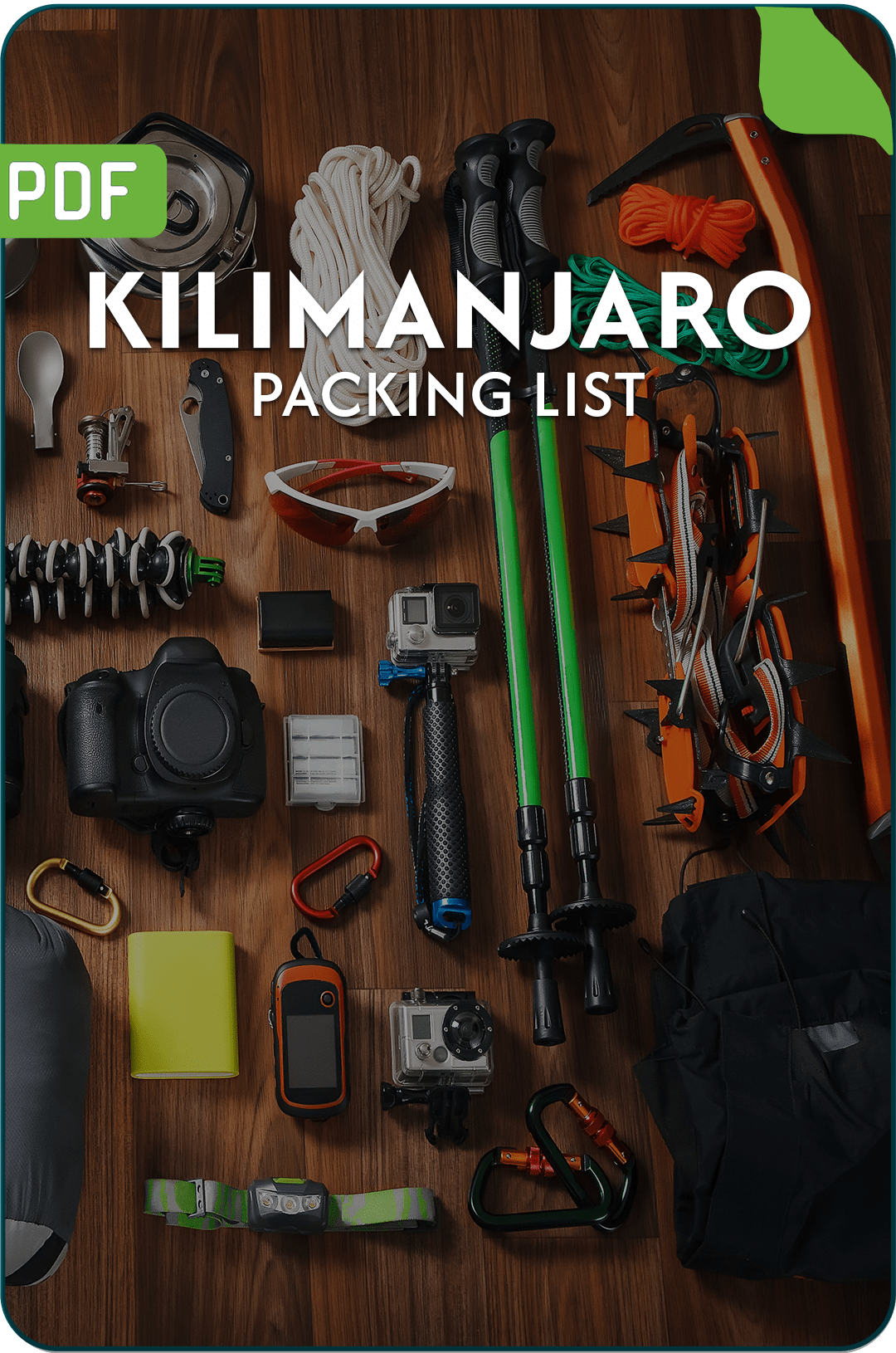
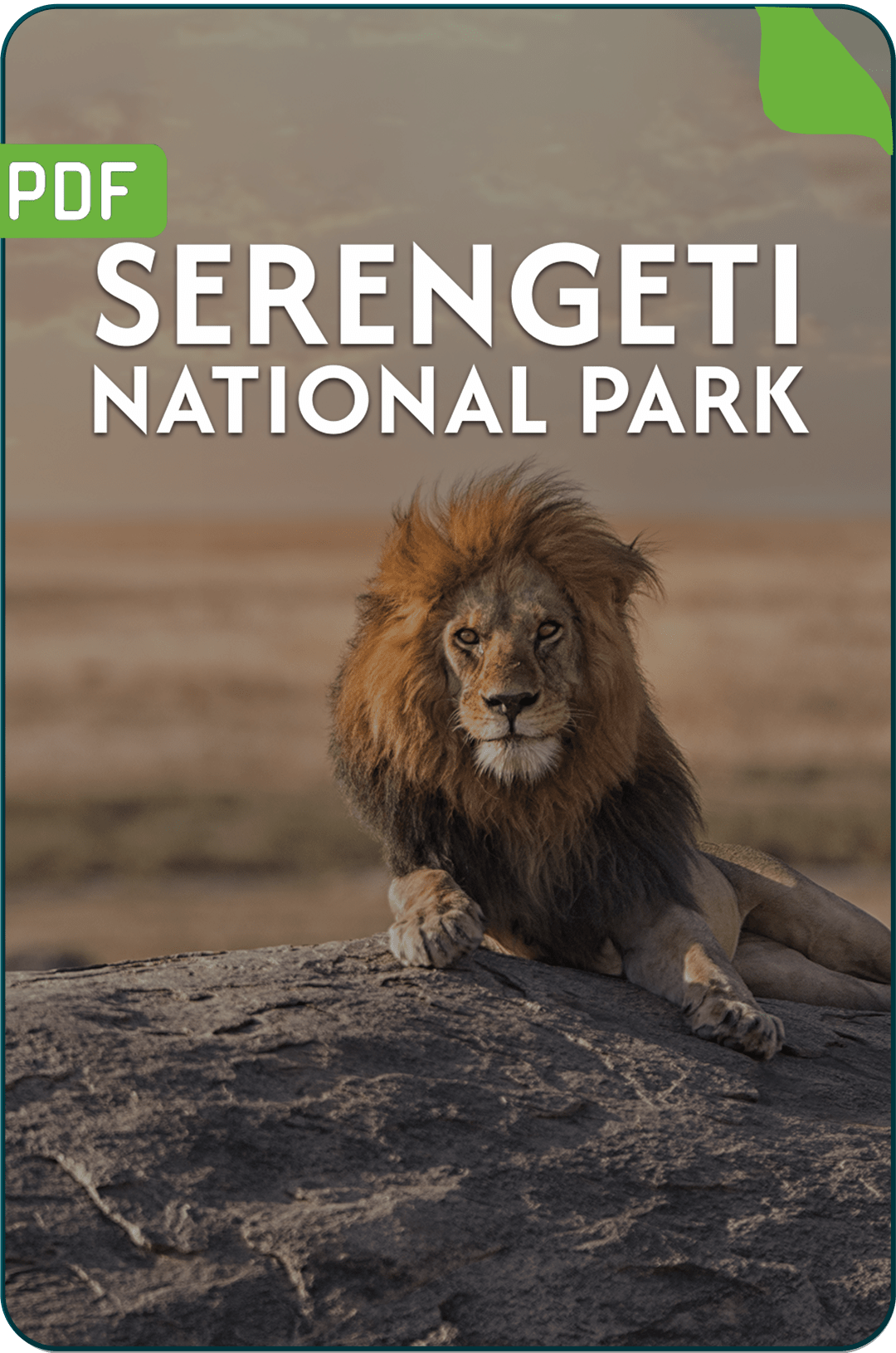

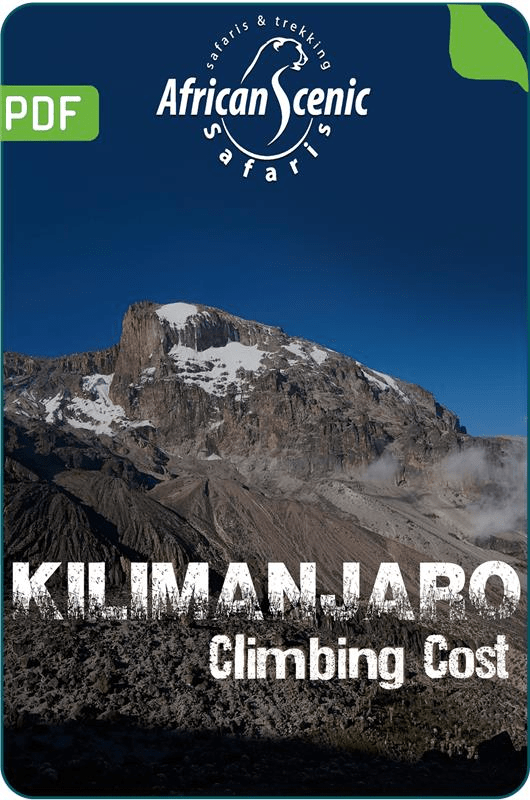





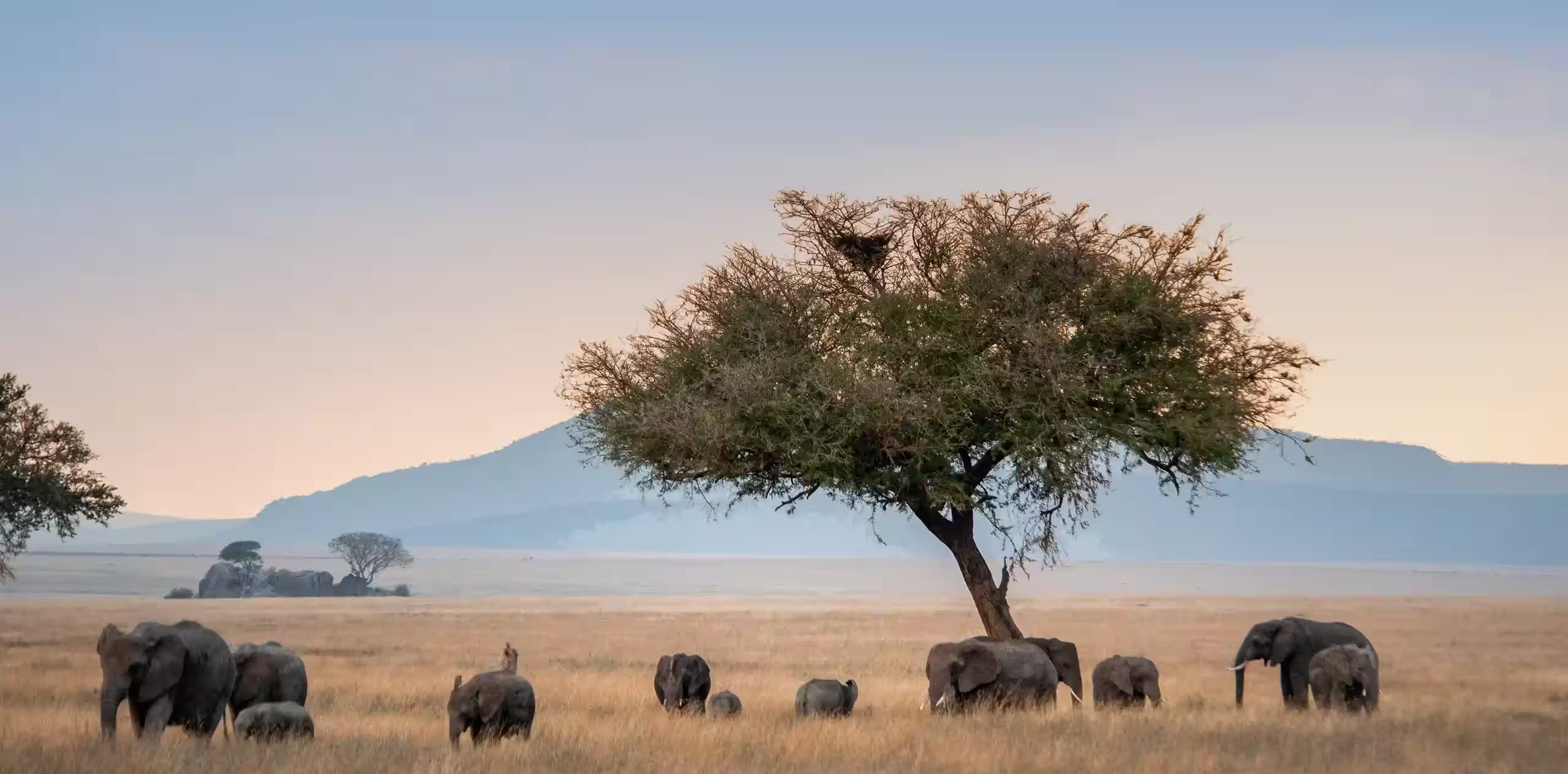


 Travel Light, Travel Right!
Travel Light, Travel Right!
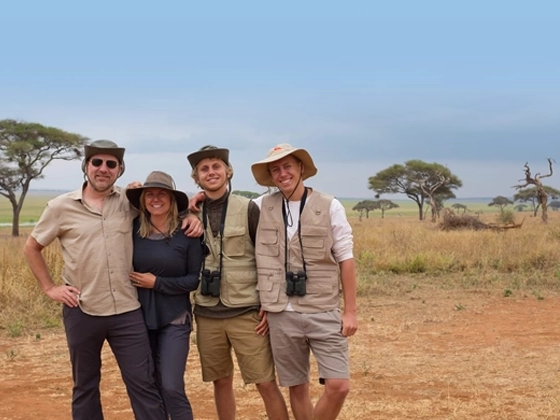
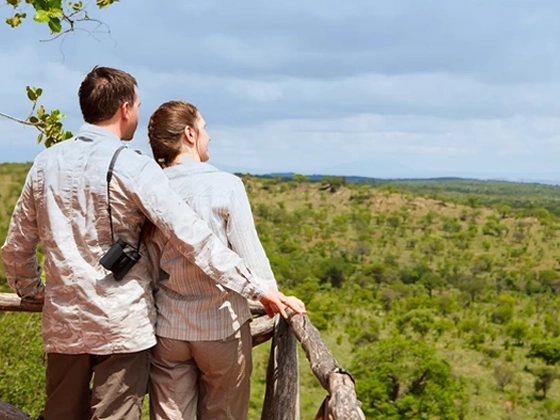





 African Scenic Safaris #1 on TripAdvisor
African Scenic Safaris #1 on TripAdvisor 




